Diary Entry No 39 - Hepaticas
Last week at Loughborough show, I entered a new class, described as:
“3 pans rock plants, distinct, all requiring similar cultural conditions. Educational information about 'How and Where to Grow' to be provided. These classes are intended to educate the public on how and where to grow a group of plants. They will be judged not only on the quality of the plants exhibited but also on the educational content of the accompanying notes. In judging these classes, the educational information should carry as much weight as the plants themselves.”
As this is was a new class, I thought I would give it a try. And although my entry didn’t rate highly with the judges, that didn't matter as my entry did raise a lot of interest on the day and during the afternoon I had a stream of people asking me for more information. A couple of people suggested I put the information here for a wider audience, so here it is:
'How to Grow' - Hepaticas in a woodland frame
Over the last three years, I have developed the use of an Access frame as a woodland frame. The hepaticas shown grow well for me in this situation together with many other woodland plants.
Location: Our garden is north facing, and surrounded on three sides by trees, so no part of the garden gets a lot of sun. The Access frame is actually under a hawthorn tree, but it gets some afternoon summer sun from the west in the summer.
Ventilation/shading: The Access frame has a clear glass cover in the winter to protect the plants from the winter wet. Through the early spring, I open the glass sides during the day (they slide to overlap thereby letting in ventilation) and remove them completely as the season progresses. The glass panes of the roof are slid over one section, or removed completely during the early summer and this allows rain to fall into the frame. During the summer the top and sides are covered with green shade netting. The shading is removed in the autumn and the glass roof is put back. As hepaticas frequently grow in cool woodlands often under snow, this regime emulates the cool deciduous woodland, dry and cool in winter, bright in spring and autumn (when in nature there would be no leaves on the trees) and cool and shady in summer (created in nature by full leaf).
Compost: These plants have been grown in a mixture of equal parts John Innes No 3, leafmould and perlite. A pinch of bonemeal is added as a slow release fertilizer.
Watering: The Access frame contains a depth of about 60cm sand which is enough to keep the plants just moist through the winter with very little water applied to the pots. Through the spring, water is applied directly to the pots. The water is increased as the growth progresses, and when rain falls in the summer it falls directly onto the plants. In the autumn the glass roof is replaced and the pots are watered directly as required. The removal of the glass allows the sand plunge to soak up sufficient water to act as a reservoir in the winter and yet allow drainage to the pots, so I rarely apply water to any pots in the frame through the winter. The moisture level is just right in the winter and the hepaticas grow well alongside Asiatic primulas and woodland plants such as Asarum, Trilliums and Cypripediums which are all kept at appropriate moisture levels in the winter by the sand plunge and a roof over the top. Many plants that naturally grow in cold woodland conditions and enjoy a dry winter rest and shady and wet summers thrive in this shady woodland frame.
Repotting and Feeding: I repot these plants every year after flowering in June, and apply a slow release fertilizer. Every other year I trim the roots by a third to encourage new growth.
Diseases/Pests: I have few problems with pests. Occasionally slugs or mice may nibble the buds so I sprinkle a few slug pellets into the frame at times through the year. Hepaticas growing in the garden have sometimes had all their flower buds chewed off which is one of the reasons I started growing them in pots.
I accompanied my entry with the following three pictures, to illustrate how I grow hepaticas through the year.
1. The Access frame in winter The hepaticas are at the top right of the frame. The plants are in full (winter) light.
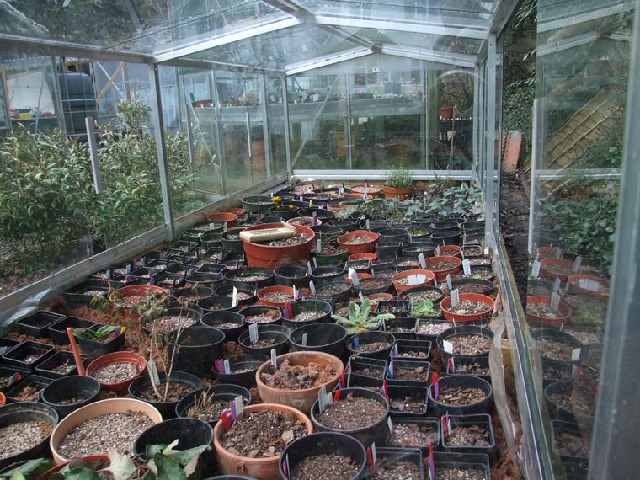
2. The Access frame in summer The glass sides and roof have been removed and shade netting is placed on the top and sides. Note the use of lead weighted curtain hemming to hold the sides down.
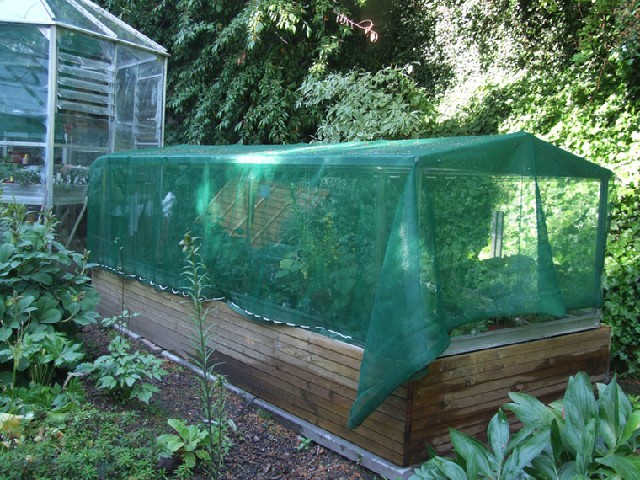
3. Inside the shaded Access frame in summer. The hepaticas are in full leaf.
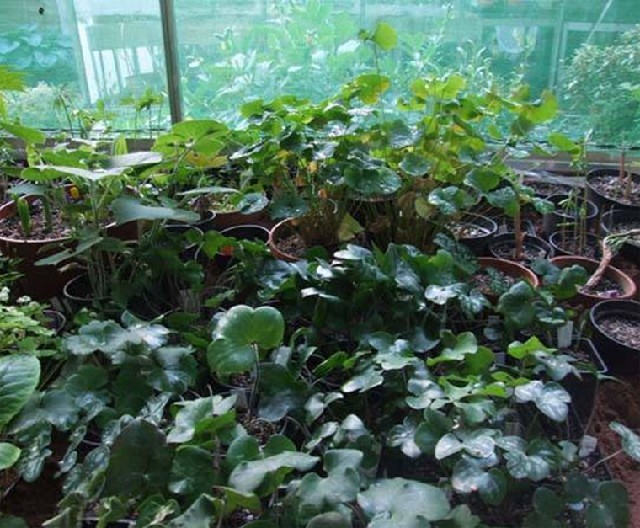
And to finish, a few hepaticas in flower at the moment. The first picture is the class entry at Loughborough, followed by the three display plants individually.
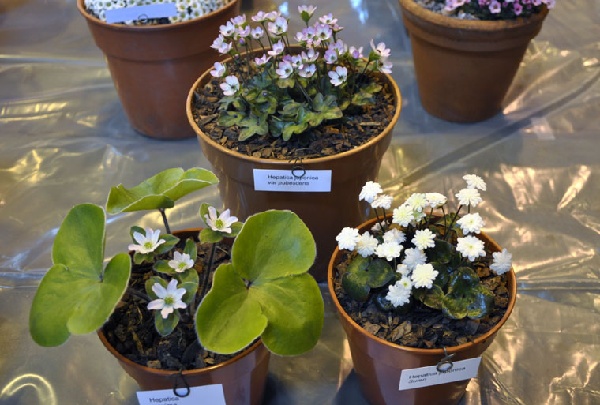
Hepatica japonica 'Suien'
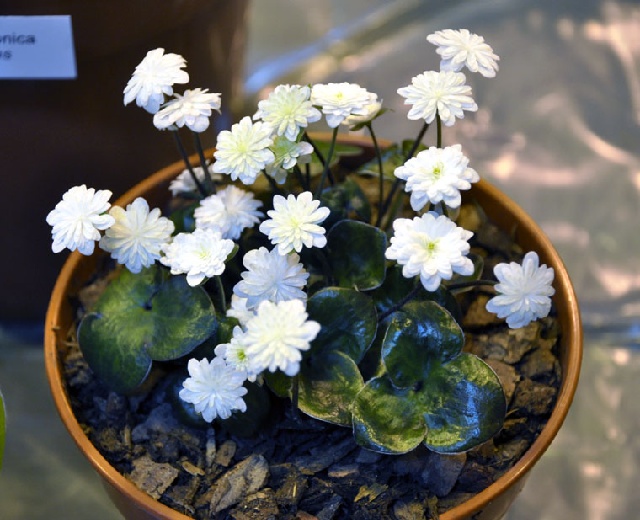
Hepatica maxima
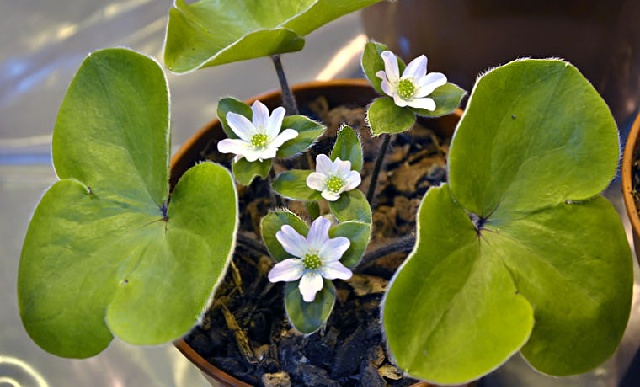
Hepatica japonica var pubescens
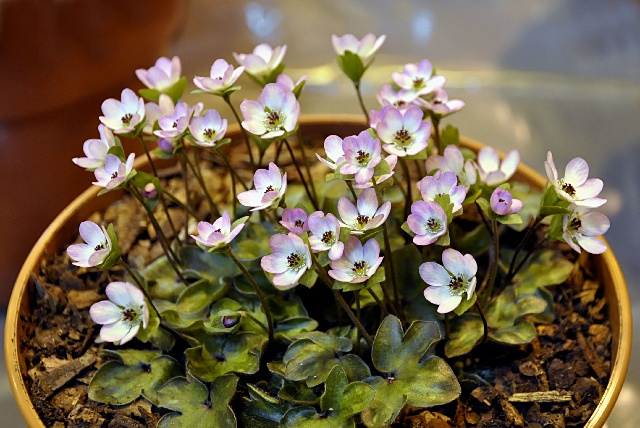
Two unnamed Hepatica japonica
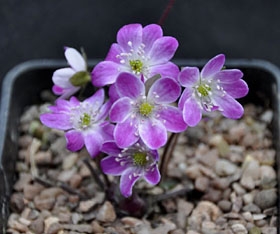
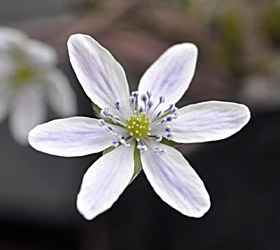
Hepatica japonica 'Kanzan'
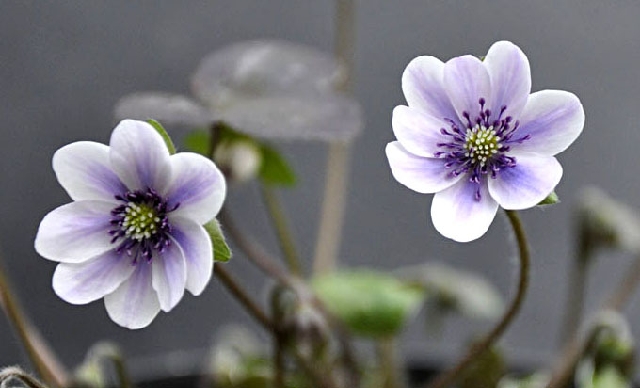
Hepatica japonica 'Akane' and 'Zeppin'
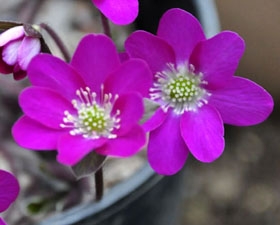
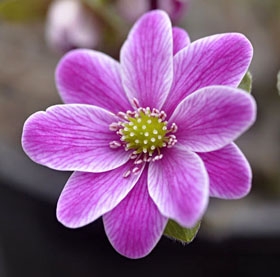
Hepatica japonica 'Ryougetsu'
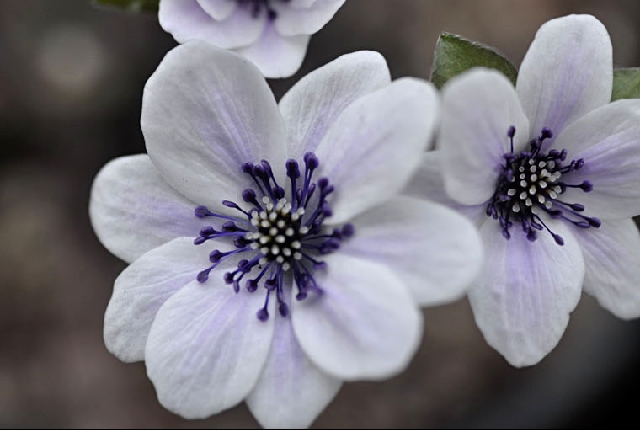
And to finish, a display that I have seen many times at Ashwood nurseries, sometimes with hellebores. Here's my version with hepaticas
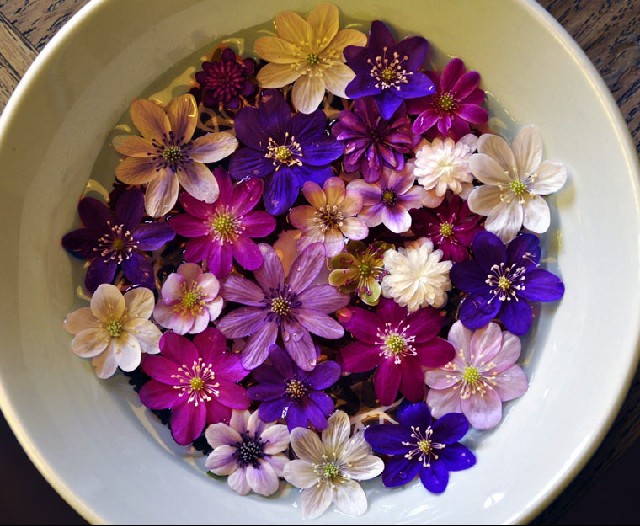
Postscript: I apologise for the fact that although this diary was written ten days ago, it seemed to have disappeared into the ether, so I have reposted it.
Please add any comments or thoughts in the Discussion Forum for this diary entry